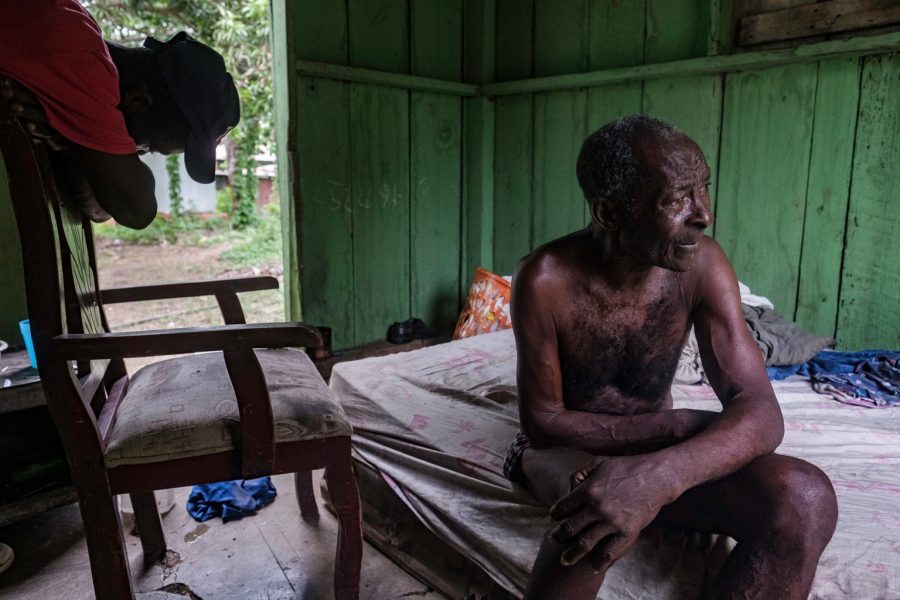
In 1991, Homelands cofounders Sandy Tolan and Alan Weisman reported a story for the Vanishing Homelands series from the sugar plantations of the Dominican Republic. “Sugar and Sorrow in Hispaniola” documented the difficulties faced by Haitian migrant workers who lived in squalid state- and company-owned camps without sanitation or electricity. Many had been captured and transported there by human traffickers. They had no formal status and no access to health care or other protections.
For 30 years, Sandy was unable to get the story of one of those workers out of his mind. Lulu Pierre had been kidnaped as a teenager and forced to work in the cane fields. Desperately lonely, he had just quit when Sandy and Alan met him. Sandy decided to return to find out what had become of him.
He reports what he found in two powerful pieces of narrative journalism, both produced with Dominican journalist Euclides Cordero Nuel. One is “The Bitter Work Behind Sugar,” an hour-long episode of Reveal, the podcast and radio show produced by the Center for Investigative Reporting. The other is “The High Human Cost of America’s Sugar Habit,” an in-depth feature in Mother Jones. Both tell how the Central Romana Corporation, whose billionaire owners live in the United States, continues to exploit its workers despite its claims to the contrary.
“Sugar and Sorrow in Hispaniola” was featured in an NPR story in May 2021 as part of the network’s 50th anniversary celebration. A listener in Boston said he hadn’t expected to be so affected by the story, and he still remembered it 30 years later.